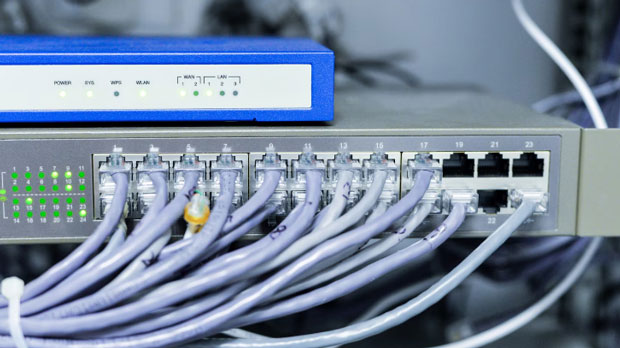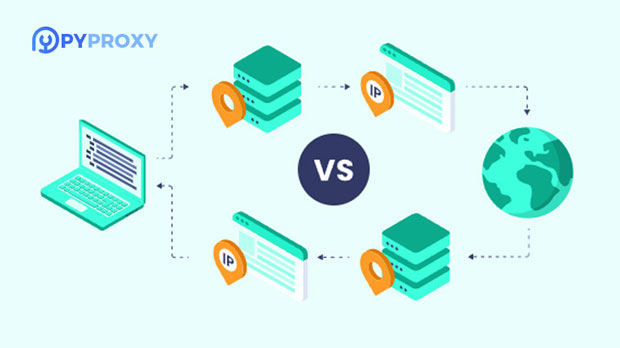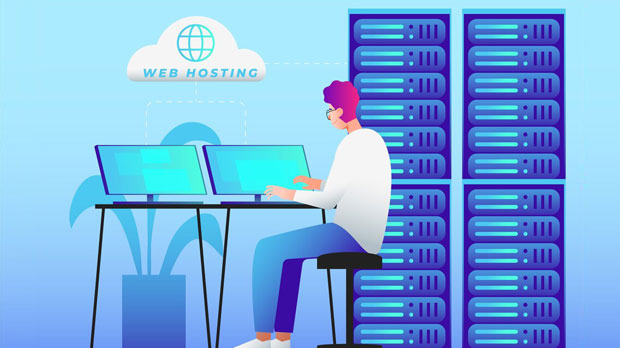In today's digital age, social media has become a rich source of data for businesses, researchers, and marketers alike. With the increasing demand for social media data scraping, tools like residential sock s5 proxies have become essential. These proxies allow users to access social media platforms without revealing their real IP addresses, thus overcoming blocking or rate-limiting issues imposed by social media websites. Residential SOCKS5 proxies provide a high level of anonymity and are particularly beneficial for data scraping on social media platforms like Facebook, Instagram, Twitter, and LinkedIn. In this article, we will explore the significance, benefits, and applications of residential SOCKS5 proxies in the context of social media data scraping. The Importance of Data Scraping in Social MediaData scraping from social media platforms has gained immense importance over the past decade. Social media platforms are treasure troves of user-generated content, trends, opinions, and interactions, making them an invaluable resource for a wide range of applications. Businesses use social media data to understand customer behavior, identify market trends, conduct competitive analysis, and even develop marketing strategies. Researchers use this data to analyze public sentiment, track the spread of information, and study societal trends. In essence, social media data scraping enables businesses and organizations to make data-driven decisions that enhance their strategies and improve their outcomes.However, scraping social media data is not a straightforward task. Platforms often implement various security measures, including IP blocking, rate limiting, and CAPTCHAs, to prevent automated scraping. This is where residential SOCKS5 proxies come into play.What Are Residential SOCKS5 Proxies?Residential SOCKS5 proxies are special types of proxies that use real residential IP addresses assigned by Internet Service Providers (ISPs) rather than data center IPs. These proxies route internet traffic through actual residential networks, making it almost impossible for websites to distinguish between legitimate user traffic and proxy traffic. This results in a higher success rate when scraping data, as social media platforms are less likely to block or flag traffic coming from residential IP addresses.SOCKS5 is a protocol that allows users to route their internet traffic through a proxy server, effectively masking their real IP address. Unlike HTTP or HTTPS proxies, SOCKS5 can handle various types of traffic, including email, FTP, and P2P connections. This makes SOCKS5 proxies highly versatile and ideal for scraping large volumes of social media data.Benefits of Residential SOCKS5 Proxies in Social Media Scraping1. Anonymity and Security Residential SOCKS5 proxies provide a high level of anonymity, which is essential for scraping social media data without being detected. By using a real residential IP address, the scraper appears as a legitimate user browsing the internet, reducing the risk of being blocked by the social media platform. This anonymity also enhances the security of the scraping process, as it makes it difficult for websites to trace the activity back to the user.2. Bypassing Rate Limits and Blocks Social media platforms often impose rate limits to prevent automated scraping, which can slow down or even stop the scraping process. Residential SOCKS5 proxies allow users to bypass these rate limits by rotating IP addresses. Each proxy request can come from a different residential IP, which helps in evading detection and blocking by social media platforms.3. Access to Geographically Restricted Data Social media platforms often display different content based on the user's geographical location. Residential SOCKS5 proxies can be used to scrape data from specific regions by selecting proxies located in the desired area. This is particularly useful for businesses that want to gather region-specific data, such as localized trends or sentiment analysis from specific countries.4. Avoiding CAPTCHA Challenges CAPTCHAs are commonly used by social media platforms to differentiate between human users and automated bots. However, residential SOCKS5 proxies make it much harder for social media platforms to detect automated traffic. This reduces the likelihood of encountering CAPTCHA challenges, making the scraping process faster and more efficient.Applications of Residential SOCKS5 Proxies in Social Media Data Scraping1. Market Research and Competitive Analysis Residential SOCKS5 proxies play a crucial role in market research and competitive analysis. By scraping data from social media platforms, businesses can monitor the activities of their competitors, identify emerging trends, and gather customer feedback. This data can be used to refine marketing strategies, product offerings, and customer engagement initiatives.2. Sentiment Analysis Social media is a goldmine for sentiment analysis. Businesses and researchers can analyze user comments, reviews, and posts to gauge public opinion about a product, service, or event. Residential SOCKS5 proxies ensure that the scraping process remains undetected, allowing for large-scale sentiment analysis across multiple social media platforms without interruption.3. Influencer Marketing Influencer marketing is an important strategy for brands looking to expand their reach on social media. By scraping data related to influencers, such as engagement rates, follower counts, and post performance, businesses can identify the most effective influencers to partner with. Residential SOCKS5 proxies help ensure that the data scraping process remains smooth and undetected, even when scraping large volumes of data across various accounts.4. Social Listening and Trend Analysis Social listening tools are used to monitor social media platforms for specific keywords, hashtags, or topics. By scraping social media data in real-time, businesses can track trending topics, identify emerging conversations, and stay ahead of the competition. Residential SOCKS5 proxies are invaluable for social listening tasks, as they allow for the seamless gathering of data without being detected or blocked.Challenges and Considerations When Using Residential SOCKS5 ProxiesWhile residential SOCKS5 proxies offer significant advantages, there are also challenges and considerations that users should be aware of:1. Cost Residential SOCKS5 proxies tend to be more expensive than data center proxies due to the use of real residential IP addresses. This may be a limiting factor for businesses that require large-scale data scraping on a budget.2. Proxy Rotation While residential SOCKS5 proxies can bypass rate limits and blocks, users need to ensure proper proxy rotation to maintain anonymity and avoid detection. Without proper rotation, the same residential IP address may be flagged by social media platforms.3. Legal and Ethical Considerations Scraping data from social media platforms may violate the terms of service of some platforms. It is essential to ensure that the data scraping process complies with legal and ethical standards to avoid potential issues, such as legal action or account suspension.In conclusion, residential SOCKS5 proxies are an essential tool for social media data scraping. They offer a high level of anonymity, security, and flexibility, making them ideal for accessing and extracting data from social media platforms. By bypassing rate limits, avoiding CAPTCHA challenges, and accessing geographically restricted data, residential SOCKS5 proxies enable businesses and researchers to gather valuable insights from social media. However, users must be mindful of the associated costs, proxy rotation strategies, and legal considerations to ensure a smooth and ethical scraping process. With the right approach, residential SOCKS5 proxies can unlock the full potential of social media data for various applications, from market research to sentiment analysis and beyond.
Sep 16, 2025






















































